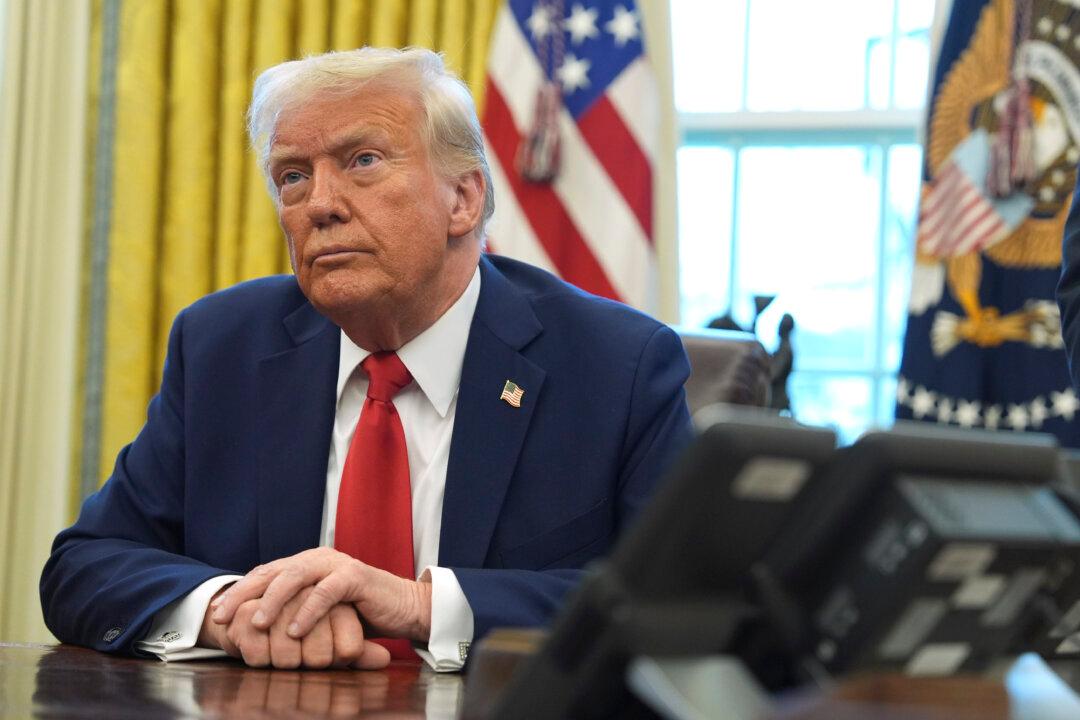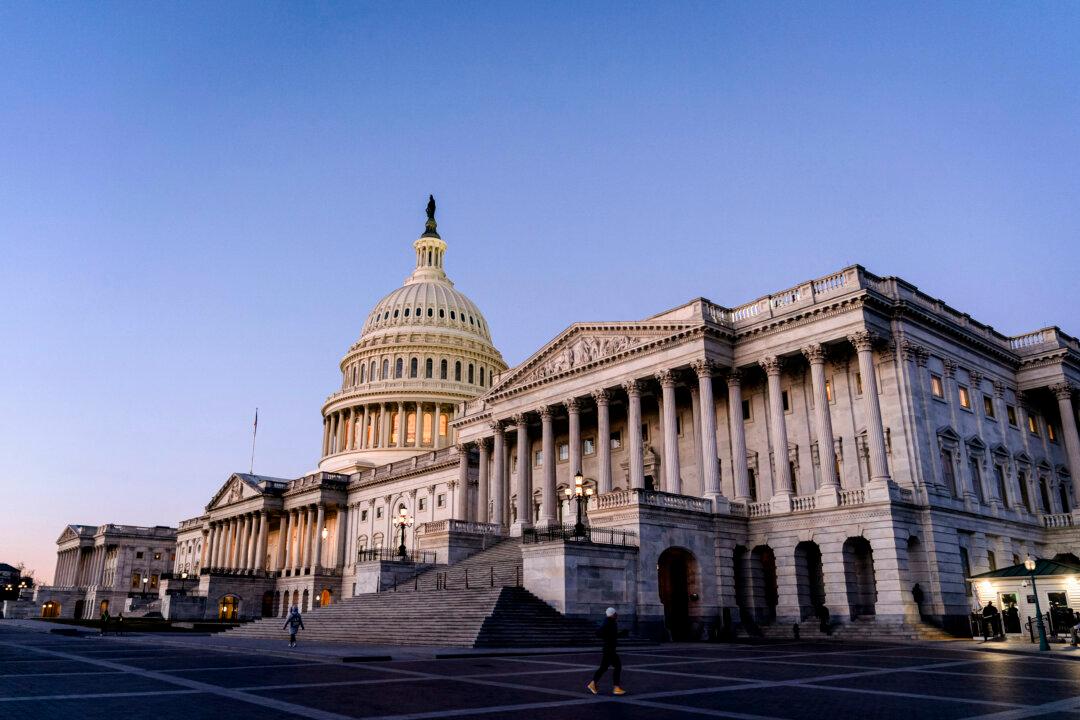China has announced import tariff reductions on more than 700 goods starting from Jan. 1, in a new round of tariff cuts aimed at opening the economy amid trade tensions with the United States.
Import tariffs on so-called alternative meals, which include rapeseed meal, cotton meal, sunflower meal, and palm meal, will be removed from Jan. 1, 2019, according to a statement published by the finance ministry on its website on Dec. 24.





